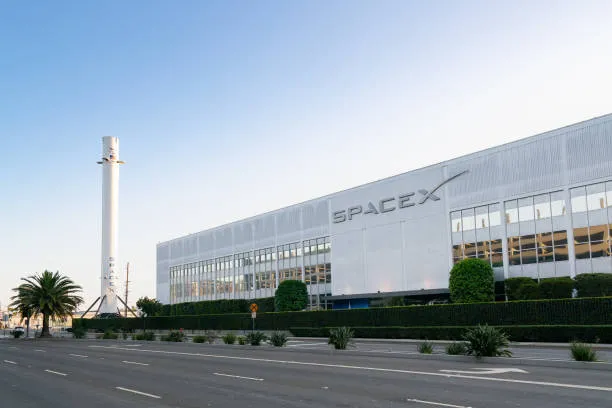As humanity gos on a grand adventure to conquer the vast expanse of space, SpaceX has cleared a significant hurdle in its mission to launch the most powerful rocket ever built, the Starship. Following a thorough safety review by the Federal Aviation Administration (FAA), the company is now poised to attempt the second test launch of its behemoth rocket, which suffered a dramatic mid-air explosion during its maiden flight in April.
Since the initial launch attempt, SpaceX has conducted extensive engine testing and revamped the launchpad at its Boca Chica facility, which was severely damaged during the explosion. With these issues addressed, the company is now confident that it’s ready to attempt liftoff once again. However, before the Starship can reach orbit, the FAA must still conduct an environmental review to assess the potential impact of the launch on the local ecosystem and surrounding wildlife.
The environmental review is a crucial step towards obtaining the necessary launch permit, and the FAA is currently working in tandem with the U.S. Fish and Wildlife Service to conduct an updated Biological Assessment under the Endangered Species Act. This assessment is a critical component of the environmental review, and its completion is necessary before the agency can make a final decision on the launch permit.
The success of the Starship is instrumental in NASA’s Artemis III mission, which aims to put the first humans on the moon since the final Apollo mission in 1972. Delays in the Starship’s development, however, could push back the timeline for this mission. The Starship has the potential to revolutionize space exploration, boasting an unprecedented 17 million pounds of thrust at launch, which enables it to carry out crewed missions to Mars and beyond.
The Starship’s maiden orbital flight is expected to take place before the end of the year, which will be a critical step towards achieving this goal. SpaceX is working diligently to ensure its success, and with the FAA’s safety review now complete, the company can focus on addressing the remaining environmental concerns and preparing for the launch.

SpaceX headquarters
If successful, the Starship could unlock new possibilities for human exploration and settlement of the solar system. It’s a daunting challenge, but one that could have a profound impact on the future of humanity. The Starship’s ability to carry out crewed missions to Mars and beyond will open up new opportunities for scientific research, resource extraction, and even the possibility of establishing human settlements on other planets.
The development of the Starship is a testament to humanity’s innate curiosity and drive to explore and discover new frontiers. From the early days of space exploration, humanity has pushed the boundaries of what is thought to be possible, and the Starship is the latest achievement in this long history of innovation.
However, with great power comes great responsibility, and the environmental review is a critical step in ensuring that the Starship is developed and used in a responsible and sustainable manner. The review will assess the potential impacts of the launch on the local ecosystem and surrounding wildlife, ensuring that the company’s activities do not harm the environment or pose a risk to public health and safety.
The Starship’s maiden orbital flight is a significant milestone in the pursuit of space exploration ambitions, and its success could have far-reaching consequences for humanity. As the company works to overcome the remaining hurdles and prepare for launch, the world will be watching with bated breath as humanity takes another giant leap forward in its quest to conquer the final frontier.









































